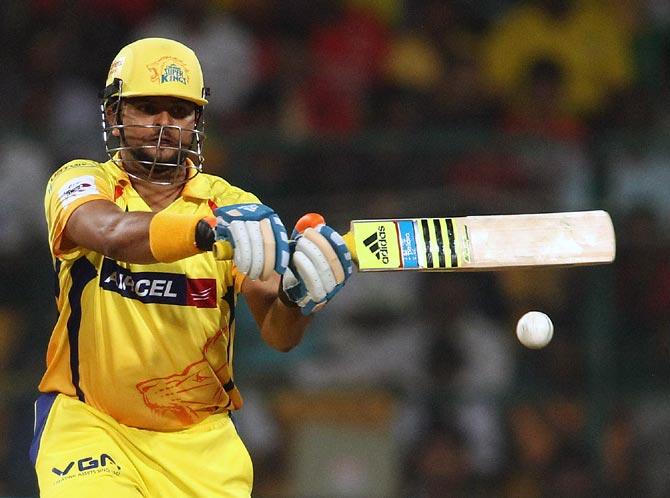For instance, the State Bank of India offers 2.7% on savings accounts and ICICI Bank offers 3% on savings accounts (3.5% on balances more than ₹50 lakh). In contrast, IDFC First Bank offers 7% and RBL Bank offers 6%. These rates are even higher than the yields on liquid funds (currently around 3.5%) making them an attractive option for your short term money. However, there are risks and conditions involved. We explain the details.
First, let’s take a look at what’s on offer. Among large scheduled commercial banks, IDFC First Bank offers an interest rate of 7% on balances of ₹1 lakh to ₹10 crore. RBL Bank offers an interest rate of 6% on balances of ₹1 lakh to ₹10 lakh. IndusInd Bank offers an interest rate of 5% on balances of ₹1 lakh to ₹10 lakh and an interest rate of 6% on balances greater than ₹10 lakh.
The high balance requirements for high-interest rates make the minimum account balance conditions somewhat irrelevant for investors, but they are worth taking note of.
IDFC First has a minimum balance requirement of ₹25,000 on average per month. For RBL Bank this is ₹5,000 on its digital savings account (which as the same interest rate as its other savings accounts).
"Newer and smaller banks have two options before them. They can either build a large branch network from scratch, or they can offer slightly higher savings interest rates as a pull factor," said Surinder Chawla, head-retail liabilities and wealth management, RBL Bank, explaining why some banks offer higher rates.
However, there are certain risks at play. First, there is the risk that the bank suddenly lowers the savings account interest rate. This can be done at will, unlike a fixed deposit (FD), where you lock in the rate. For instance, Kotak Mahindra Bank had a savings account interest rate of 6% until recently. In April, this was cut to 5% and in May this was cut to 4%. For balances up to ₹1 lakh, the bank has cut the rate to 3.5%.
However, banks generally keep high rates until they reach a certain level of current and savings accounts balances. This level is best observed through the current account and savings account (CASA) ratio, which gives the ratio of such account balances to a bank’s total deposits.
For instance, IDFC First and RBL had CASA ratios of 33.70% and 30.1%, respectively, compared with 40.1% at HDFC Bank. They have some distance to go before they catch up. However, Indusind Bank has a CASA ratio of 40%, suggesting lower need for high interest rates on its savings accounts.
"I do expect savings rates to go down, but the rates in the newer banks are likely to remain higher than more established ones," said Chawla.
The second risk is that the bank may fail or suffers a liquidity crisis, as happened with Yes Bank. In order to evaluate this risk, keep a watch on the bank’s non-performing asset (NPA) ratio. IDFC First, RBL and IndusInd have gross NPA ratios of 1.99%, 3,45% and 2.53%, respectively, compared with 1.36% for HDFC Bank.
However, some bigger banks have higher gross NPA ratios such as 5.46% at ICICI Bank. Also remember that governments in India are reluctant to allow even mid-sized banks to fail, particularly scheduled commercial banks.
Even in the case of Yes Bank, the depositors and account holders did not lose money although there were temporary restrictions on withdrawals. Apart from this, there is a formal deposit insurance guarantee in India for money up to ₹5 lakh per customer. Yes Bank itself is now majority owned by a consortium of banks led by the State Bank of India (SBI) and offers a rate on 6% on balances between ₹1 lakh and ₹1 crore.
This brings us to the fourth pointer, look for accounts that can be opened in a completely digital manner through video KYC. For instance, RBL Bank has a digital savings account, which can be opened online.
Apart from these domestic scheduled commercial banks, you can also consider the Indian subsidiaries of foreign banks, such as State Bank of Mauritius. SBM has branches in cities such as Mumbai, Delhi, Bengaluru and Hyderabad. It offers an interest rate of 6% on balances above ₹5 lakh and 5% on lower balances.
Digibank by DBS Singapore offers an interest rate of up to 5%. However, these subsidiaries or Indian branches are not listed in India and do not have the same transparency when it comes to NPAs of Indian-listed banks.
In some cases, the ultimate ownership is with a foreign government such as the Government of Mauritius in the case of SBM, and this may provide an additional layer of comfort. Foreign banks are an interesting option if you have a professional or familial connection with the country of origin of such banks. The dual presence can deliver better service in such cases.
"Banks use high-interest savings accounts as a method of building a current and savings account book. There is a rare possibility of default by them, but even in a case like Yes Bank, the depositors were protected apart from a few temporary curbs. It's a win for the bank and the investor," said Santosh Joseph, founder, Germinate Wealth.
However, Srikanth Matrubai, CEO of SriKavi Wealth took a more cautious view. "You never know when the bank will reduce the savings account rate. Opening and closing accounts is also a hassle. I would prefer liquid funds," he said.
Subscribe to Mint Newsletters


































